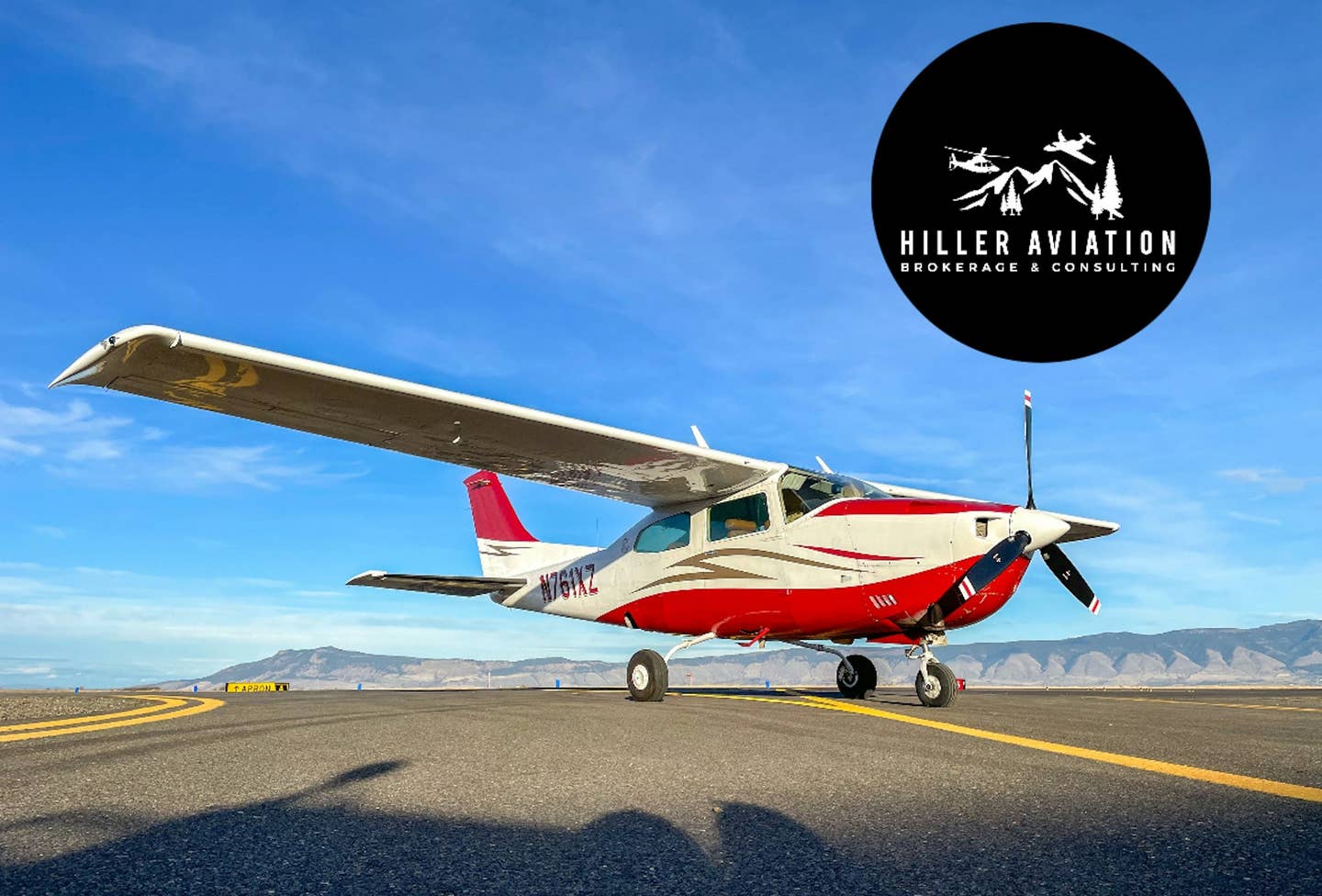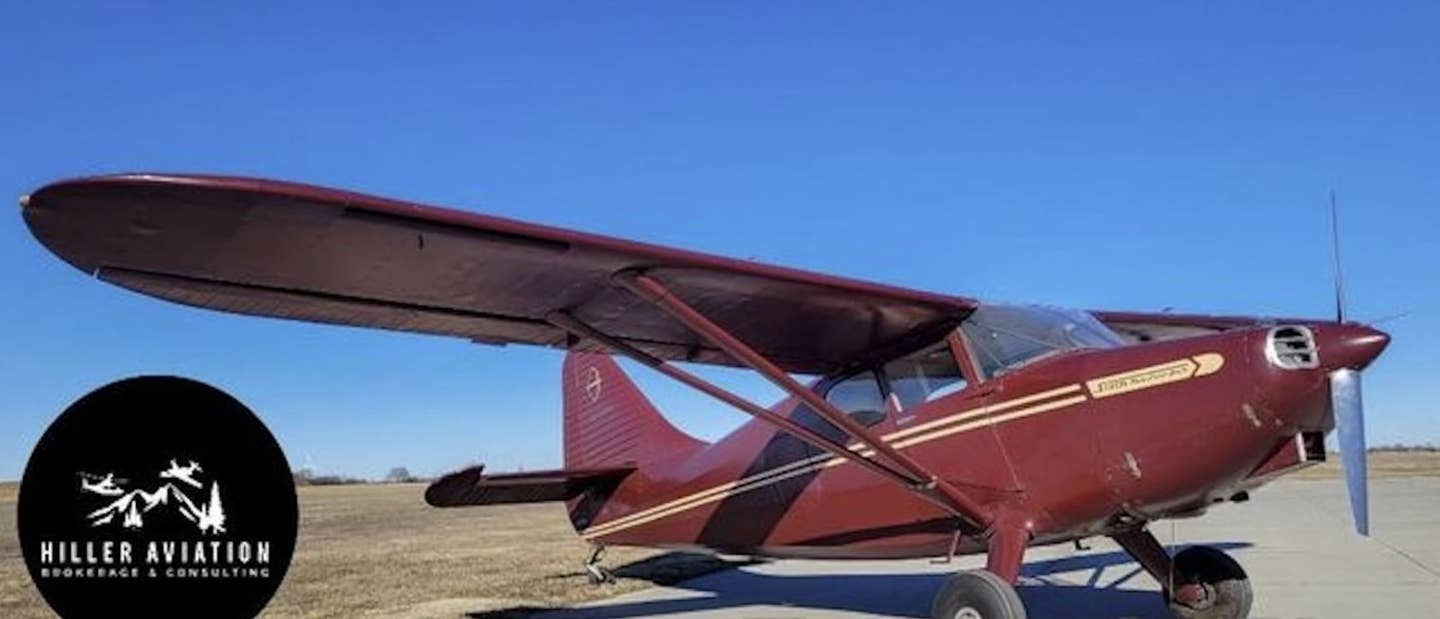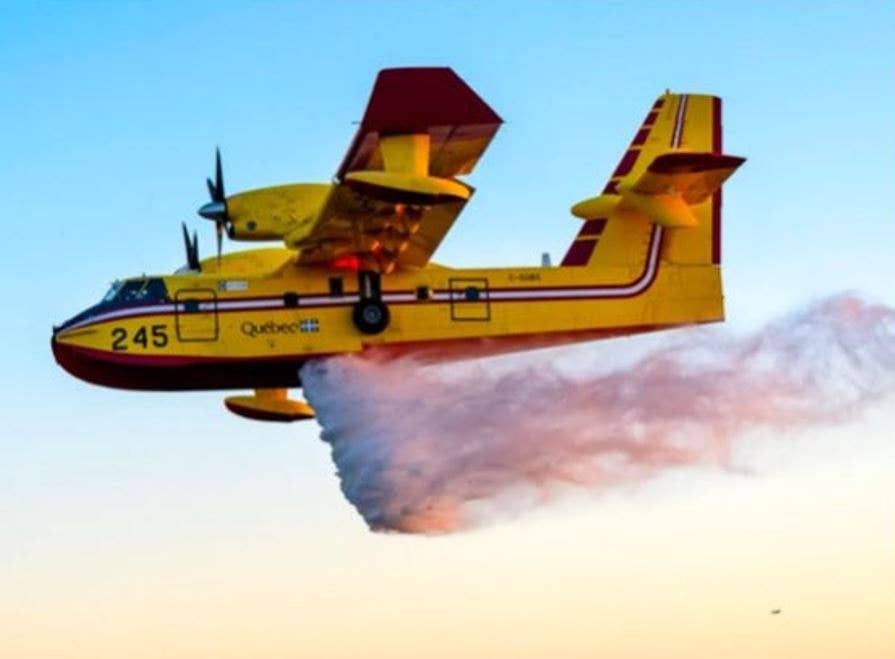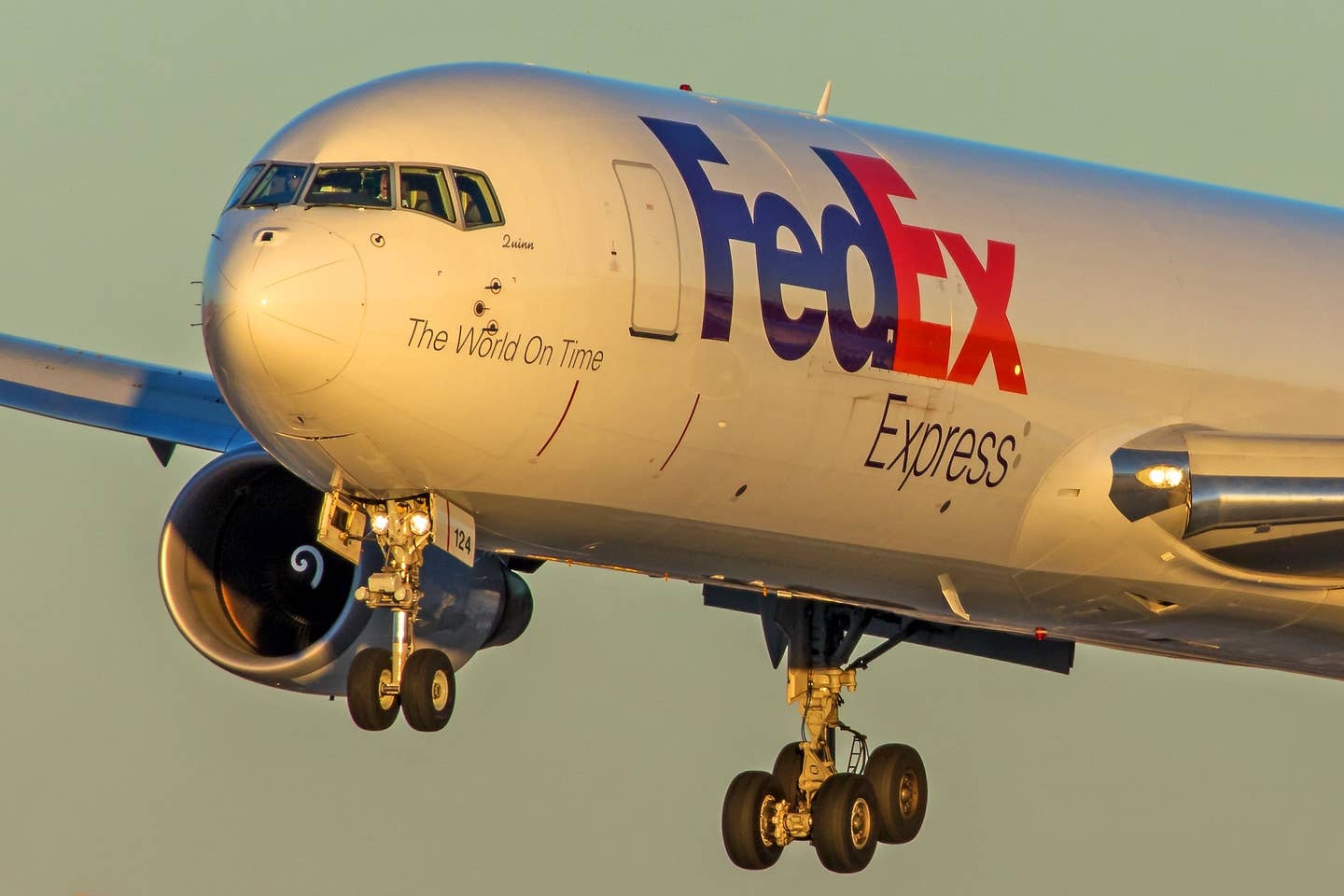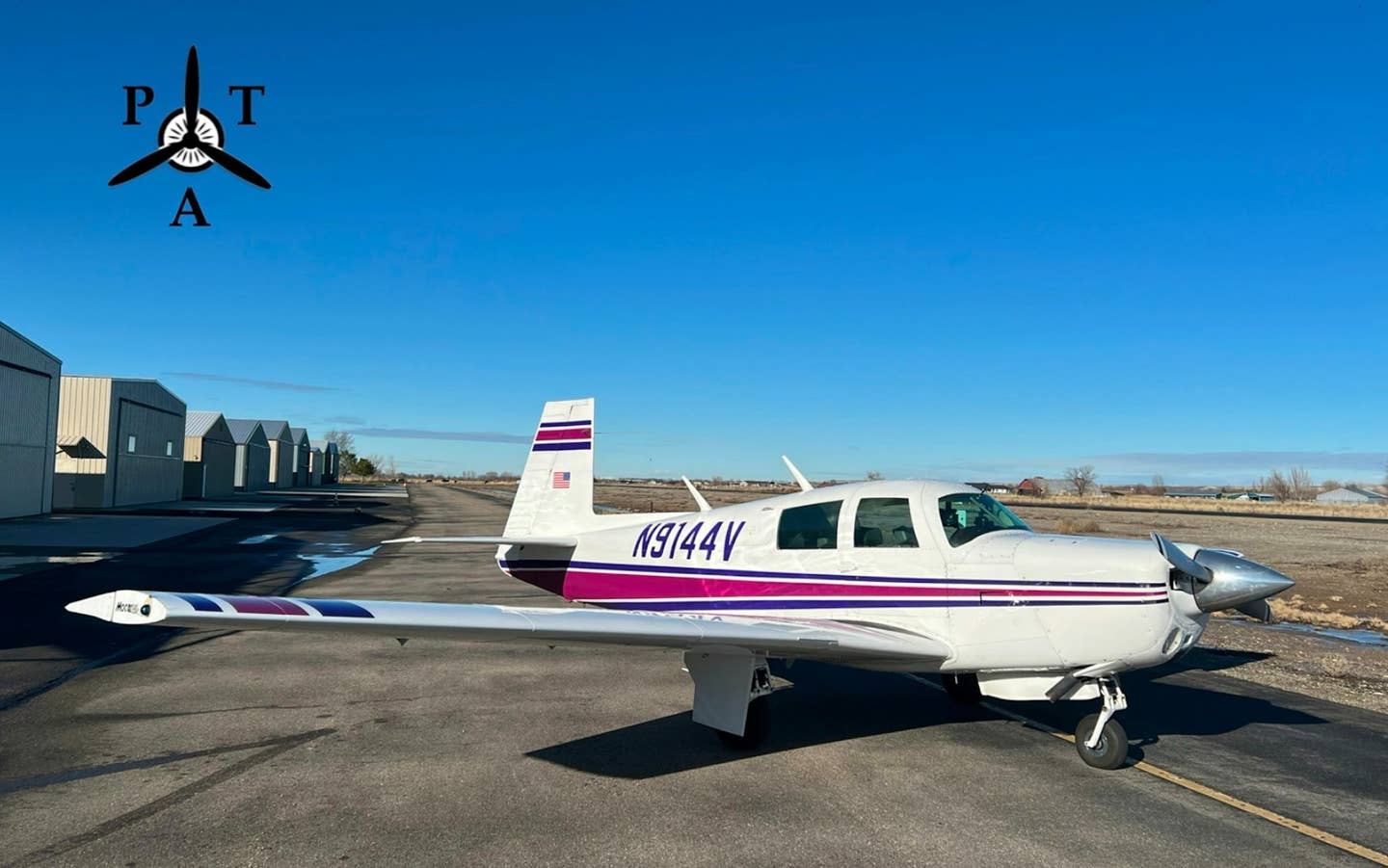
I-TEC Maverick Lane Wallace
"Holy Cow, it goes on forever!" exclaimed my friend's 16-year-old son, Connor, who was experiencing his first Oshkosh. He stared wide-eyed at the endless field of planes as we moved along the flight line from the homebuilts to the classics, to the antiques, to the ultralights, to the amphibians -- almost halfway to the seaplane base.
"I told you it was big," I said. "Twelve thousand airplanes. Remember?"
"Yeah, but I didn't imagine this!" he countered.
No, of course not. People who have never seen the ever-expanding collection of planes and exhibits at Oshkosh (as we used to call it) can't really imagine the sight of two entire fields full of RV homebuilts. Or what three miles of planes look like, stacked wingtip to wingtip and row upon row upon row. Some things you just have to see to imagine.
But even those of us who know what those things look like have a hard time conveying that understanding to others. Even now, 22 years after I first flew my Cessna 120 into the mecca that is the EAA AirVenture Convention in Oshkosh, Wisconsin, I can't boil the event down to a simple or single description. There's just too much. And no matter how many times you've been there, there are always new stories, achievements and innovations.
Every year, for example, AirVenture marks the debut of dozens, if not hundreds, of brand-new and just-restored airplanes. Midnight oil burns across the country every July as builders thrash to have their babies ready for the biggest debutante party of the year. That's a constant. But building or restoring an airplane is an act of creative effort, passion and love, which means that each story and process is unique.
Take the North American P-51, painted in the "Red Tail" markings of the Tuskegee Airmen, parked over in a corner of Aeroshell Square this year. A well-restored Mustang is always a beautiful thing, of course, the result of a lot of work and effort, not to mention money. But this particular plane's road was more arduous than most.
The plane is a rare C model, which combines the turtle-deck fuselage of an A model with the Rolls Royce V-12 Merlin engine used on later versions. It languished for decades before it was finally adopted by the South St. Paul, Minnesota, chapter of the Commemorative Air Force (CAF), whose volunteers had just finished restoring a B-25 Mitchell bomber. The P-51Cs had been flown by Tuskegee Airmen in support of the B-25 bombers in North Africa, so the volunteers decided they'd restore their P-51C project in the Tuskegee Airmen markings.
More than that, they made the plane a central part of the Red Tail Project, which planned to use the plane as part of a traveling exhibit to keep the story and legacy of the Tuskegee Airmen alive.
With significant financial support from chapter member Don Hinz, the fuselage was sent to Gerry Beck's restoration shop in Wahpeton, North Dakota, and progress was steady. Meanwhile, the chapter had hooked up with Bradford Lang, a Delta 757/767 captain who had competed on the U.S. Advanced Aerobatic Team for nine years -- and who was also the son of a Tuskegee Airman. Lang became an enthusiastic supporter of the project, and the plan was for Lang to be one of the two main pilots (along with Hinz) on the plane's educational stops. The restored plane took to the air again in 2001, but on Memorial Day 2004, the plane crashed with Hinz at the controls. Hinz was killed and the plane was all but destroyed.
For most groups, that would have been the end. But the Red Tail Project was, apparently, too important to too many people to let it die. So over the next four years, a nationwide fundraising and volunteer effort ensued. The Cirrus Owners and Pilots Association raised $125,000 in a single night for the project. A direct-mail effort brought in a quarter of a million dollars.
At least half a dozen volunteers traveled the three hours from St. Paul to Wahpeton once or twice a month to help in the rebuilding effort. (Gerry Beck was killed in a crash in 2007, but his shop still had the molds he'd made of the plane the first time and was able to recreate the fuselage.) Five years and two months after the crash -- only five days before the AirVenture show opened this year -- the airplane flew again. The Red Tail Project is now fundraising for its mini-museum and educational center to travel with the plane around the country.
But to focus only on the past would be to ignore an important part of AirVenture. The show is also a hotbed of innovation and craftsmanship, reassuring to anyone who wonders if we've lost that Thomas Edison inventor's edge. The EAA is, after all, the Experimental Aircraft Association, supported by people who are passionate about coming up with improvements, modifications, new gizmos, new designs and new combinations of designs that go beyond what production manufacturers have to offer. Some of it once would have sounded like something straight out of a Disney or sci-fi movie.
To wit: One of my favorite movies when I was little was Chitty Chitty Bang Bang. It starred Dick Van Dyke as a quirky inventor and ... well, I can't remember the actress's name, but I remember her character's name: Truly Scrumptious, daughter of a candy company magnate. Mad adventures ensued with Van Dyke's invention: a rickety little jalopy that could also sprout wings and fly.
Around that same time, I also saw the Disney film Flubber, starring Fred MacMurray as another quirky inventor. Instead of a mechanically winged car, however, MacMurray's invention was a rubbery substance (flubber) that defied gravity. But the end result was the same -- applied to MacMurray's jalopy, flubber enabled the car to bounce off the pavement and fly high above the town.
The flying car is an irresistible and entrancing notion, representing a little sci-fi fantasy -- I still remember my 4-year-old niece asking me, when we were sitting in traffic one day, if we could attach a helicopter rotor to our heads, or the top of the car, and just lift ourselves over the other cars -- as well as the best of both great American love affairs: cars and flight. This might explain why the idea keeps popping up over and over again even though nobody, not even Moult Taylor with his Aerocar, has ever been able to make a really successful go of it.
Flying boats, yes. Flying cars ... not so much. And yet, there they were at AirVenture this year -- not one but two flying car designs, representing two very different design philosophies at opposite ends of the technology spectrum.
More visible of the two was the Terrafugia Transition, a light-sport aircraft (LSA) designed by MIT engineers who are taking a high-tech approach to the challenge of a "roadable aircraft" (as they call it). The Transition was designed using 3-D computer-aided design (CAD) software to minimize weight while still maintaining adequate strength in its carbon-fiber composite structure. It's weird looking, albeit in a cute kind of way. But it's in the same design class as another new entry in the LSA category -- the ICON aircraft: computer-aided engineering with a high-tech, streamlined appearance.
Across and down the way, however, was a far more basic approach to the problem. Steve Saint, a missionary (and author of End of the Spear) regularly encountered a problem more challenging than just the simple lack of an airport car in the remote places he'd lived and worked. In many Third World countries, especially during the rainy season, passable roads simply disappear for a stretch. When I was flying with AirServ International in eastern Chad a couple of years ago, we had to cancel several resupply missions to refugee camps because flooding had made it impossible for even four-wheel-drive Land Rovers to get from the camps to the nearest airstrip.
Saint was looking for a solution to the problem that was also simple enough to be operated and maintained by untrained, indigenous people in those areas. The answer? A flying dune buggy. His I-TEC organization (founded to help develop sustainable technology that can be used by indigenous people) took a rough-road-friendly, canvas-covered, steel-tube dune buggy design and modified it to serve as the chassis for a powered parachute. A propeller was added to the back, and a large pole, extending above the buggy, supports a parachute canopy.
The Maverick, as the machine is called, can take off and land in 100 feet and can fly 42 mph. So if drivers get to a washed-out portion of a road, they can rig the parachute, back up to get a 100-foot start and fly over the impassable section -- giving a whole new meaning to the term "puddle jumper."
There were many other innovations announced or on display, as well -- from an automatic landing system on a Bonanza to night-vision systems for general aviation, alternative fuels and electric-powered airplane designs. The problems with an all-electric airplane are more complex than those of a hybrid or electric car, but several companies are working on the concept.
"It's the future," says Jeremy Monnett, whose Sonex company is working on a 55 kw (75 hp) brushless DC cobalt motor. "It's not the near-term future, but it's definitely the long-term future."
Of course, it's a good bet that not all of those innovations will work; the history of aviation, as with any field, is littered with ideas that proved better in concept than in reality. But their mere existence is an important sign of life. Innovation -- wacky, successful or otherwise -- is important in the world.
Proudly rebuilt airplanes like the Red Tail P-51C are a reminder of what can be accomplished by a dedicated, passionate group of people. And bold, innovative designs such as the Terrafugia Transition, the I-TEC Maverick, the ICON, the self-landing Bonanza, the electric aircraft and all the others -- regardless of whether they prove viable in the end or not -- are all living proof that our hands-on engineering spirit is still alive and kicking.
This is why the gathering at Oshkosh is so tough to capture or convey in words. That much passion and innovation, like 12,000 airplanes lined up wing to wing and nose to tail, is something you really have to see to imagine.

Sign-up for newsletters & special offers!
Get the latest FLYING stories & special offers delivered directly to your inbox

